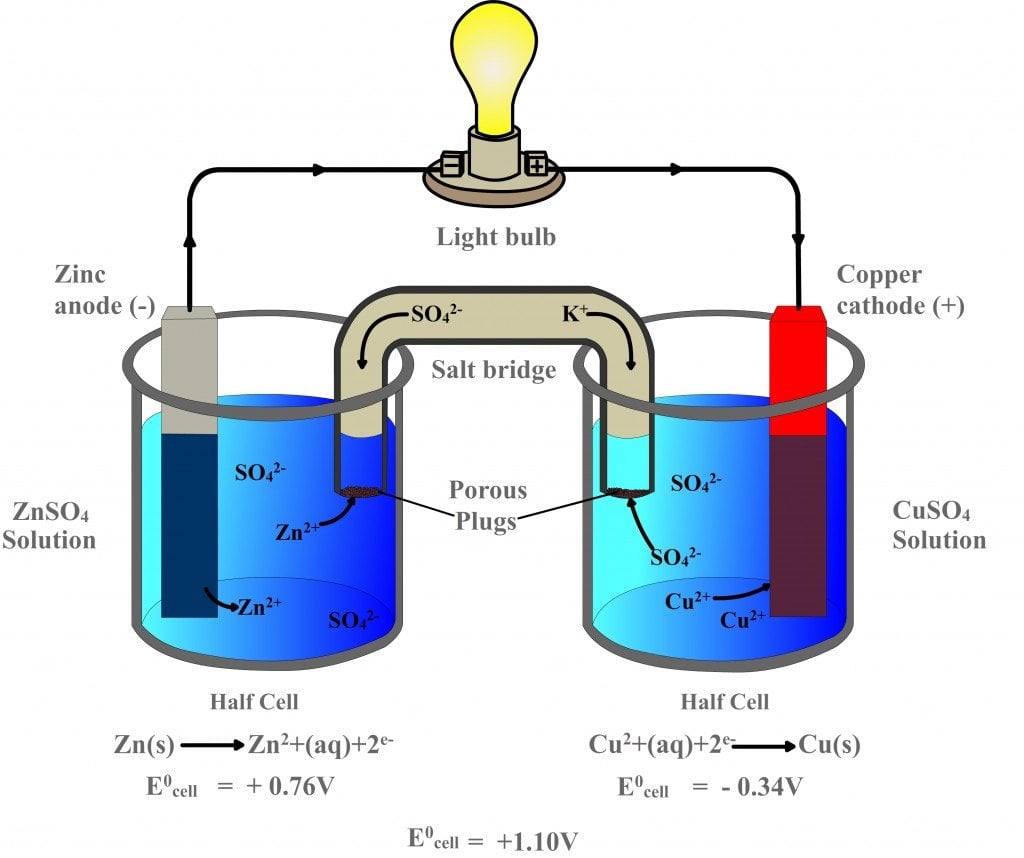

Using VEC with inert anodes can reduce the specific energy consumption by up to 30%. Using a vertical electrodes cell (VEC) allows a reduction of the cell voltage by minimizing the anode–cathode distance (ACD) and thus resistive losses. This would increase the specific energy consumption. As the chemical energy in carbon is absent from the inert anode system, a cell with inert anodes would have a cell voltage of more than 1 V higher than the one with carbon anodes if no other changes were made to the process design. The inert anodes at low temperatures (around 800 ☌) would be less prone to corrosion and thermal shocks. However, the usage of inert anodes for aluminum production requires many changes in cell design and operating conditions. Further research should be conducted to understand the electrochemical behavior of TiB 2 in low-temperature electrolytes. For a longer lifetime, the TiB 2 cathodes should be resistant to electrolyte penetration. The vertical anode–cathode distance can be reduced by introducing wetted TiB 2 cathodes, through which specific energy consumption can be reduced significantly. Electrodeposition is considered to be the most reliable low-cost method for TiB 2 preparation. The main methods are sintering, electrodeposition, and plasma spraying. In this paper, we discuss different synthesis techniques used for the preparation of TiB 2 cathode material. Titanium diboride has been given special attention due to its superior properties, such as high wettability, good electrical conductivity, wear resistance, and excellent chemical stability. The demand for wettable cathodes is associated with the development of inert anode technologies to eliminate CO 2 emissions caused by the conventional aluminum reduction process. Titanium diboride (TiB 2) is considered a promising material for wettable cathodes in aluminum electrolysis.


 0 kommentar(er)
0 kommentar(er)
